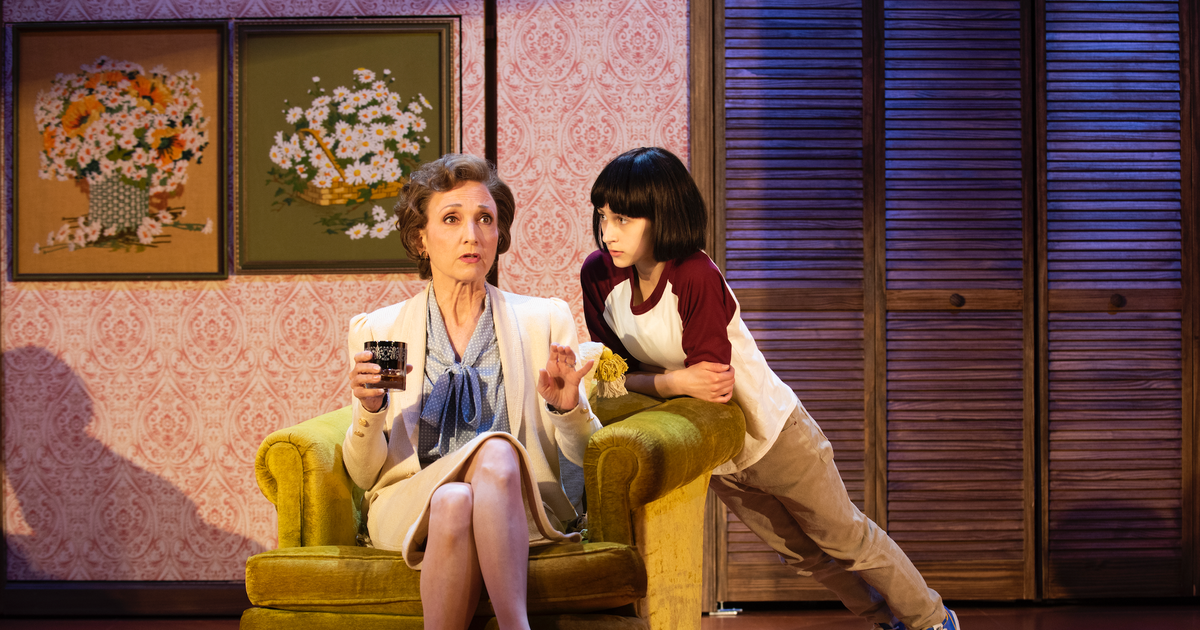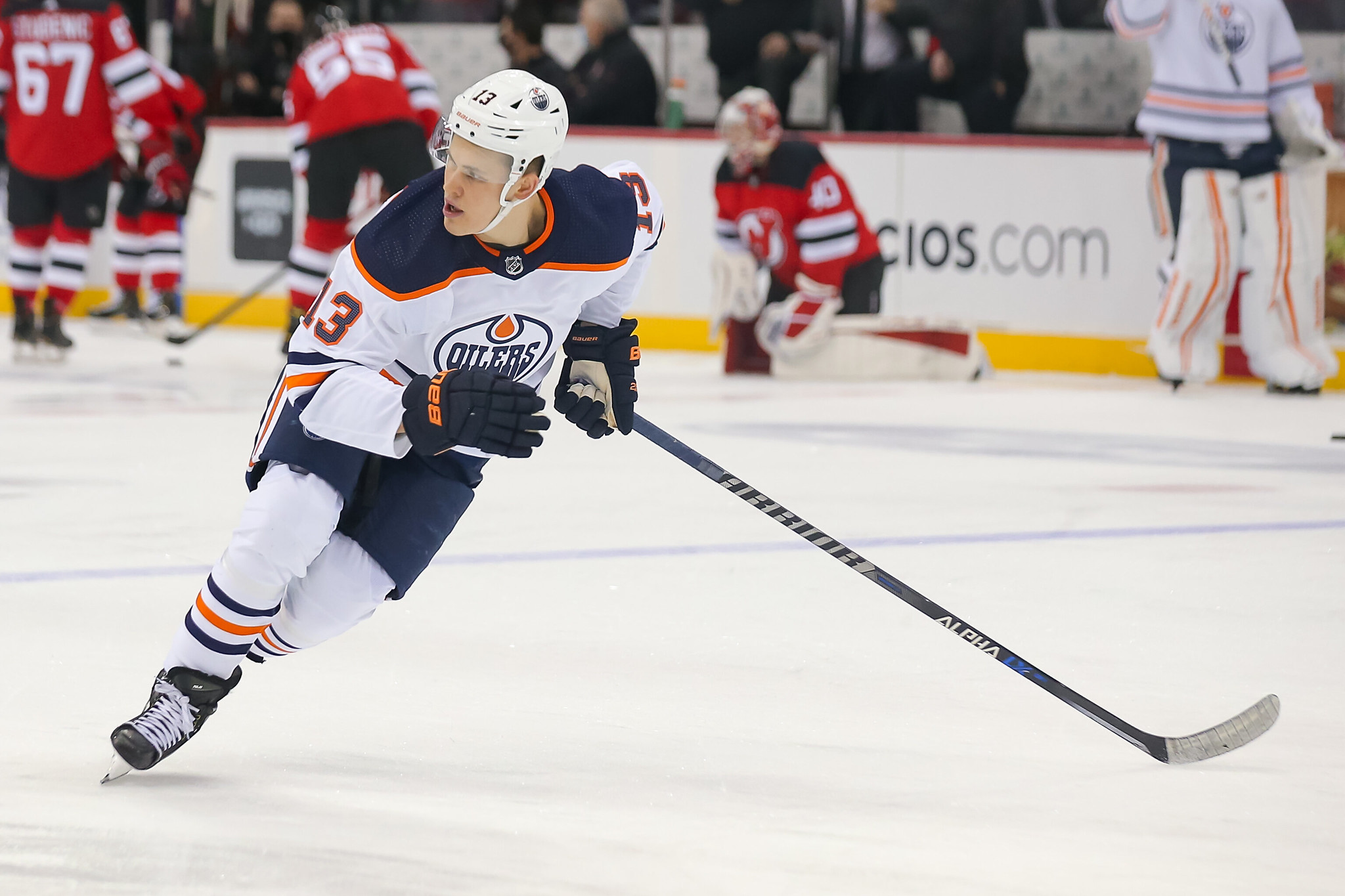The long and often arduous clay-court season ended on Sunday. Barbora Krejcikova eventually made headlines, but she wasn’t the only notable storyline that stood out.
We are now entering the grass season – which is not a smooth transition – with Wimbledon in less than two weeks.
It’s a lot to unwrap, but we’ll give it a whirl. Web editors Alex Macpherson and Jason Juzwiak, as well as senior editor Courtney Nguyen, answer some of the burning questions.
How do you see all the surprises that have unfolded this clay court season?
Macpherson: For years, players have told us that each individual progresses in a different way. Maybe it’s time to listen to them. It’s high time to pull back the misconception that the best players should break through in their teens and enjoy linear, smooth climbs – as most of those who stand in the second week of Roland Garros illustrate. From Barbora Krejcikova, whose doubles success has surpassed her singles career, first holding her back but later helping her excel in both disciplines, to Anastasia Pavlyuchenkova, who has shown that accomplishing prodigious talent can being a long game, to Tamara Zidansek and Paula Badosa the 1997 Generation ‘B Team’ move at their own pace after suffering injuries as a teenager. There is no longer a single path to the top, which makes the multiple possible routes all the more interesting.
Juzwiak: Looking back on recent history helps keep things in perspective. As Roland Garros unfolded, I think back to the 2010 clay court season in which the narrative remained murky until Francesca Schiavone surprisingly won a Grand Slam title. Like Krejcikova this year, Schiavone had won a level 250 title before the event, and then, as no player had really put a firm copyright mark on the dirt, walked into flat ground in Paris and stole the star. It happened again this year, with many players picking up a single title, but no sense of a dominant theme. With clay specialization for the most part a thing of the past, soft skills can open the door wide, and this has been proven time and time again throughout this century. It helps to remember that in some particular years clay will continue to throw curved balls at you, as simple as that.
Nguyen: No one saw Krejcikova win Roland Garros at the start of the clay court season, but apart from that … were the results of the season really so surprising? 2019 Roland Garros champion Ashleigh Barty continued to win on clay until her body simply refused to cooperate, Aryna Sabalenka found out how to play her brand of power tennis on clay and Iga Swiatek did things to Iga Swiatek. In fact, I would say there was remarkable consistency among the season’s most notable players on clay, up to Krejcikova. Her nine-month rise has been astonishing, but she entered Paris as one of the best players on clay this season and was the highest ranked unranked player.
There have been a lot of exciting games during this year’s clay court season. What is your most memorable?
Macpherson: It’s a tennis maxim that the best games are rarely the ones you expect. Tamara Zidansek’s overtime quarter-final loss to Paula Badosa at Roland Garros showed that while their section of the draw had lost their star names, they certainly hadn’t lost quality tennis. Jil Teichmann, after six match points against Elina Svitolina in Madrid, was one of the comebacks of the year. But it was a quarter-final in Parma that took me by surprise, then hooked me. Wang Qiang and Petra Martic both started the clay court season with a slump – but the sheer quality of their athleticism and shooting showed in Wang’s 7. 6 (4), 3-6, 7-5 win was a reminder of what really matters in the sport.
Juzwiak: I arrived in the semi-finals of Roland Garros thinking that Krejcikova would have a slight advantage over Maria Sakkari, as she led their head-to-head 2-0 and had shown more consistent form on clay, at the except for Sakkari’s superb victory over Iga Swiatek in the front round. But I was not at all prepared for the 3 hour and 18 minute marathon, which had a lot of oscillations between the winning streaks, from the first set to the last. After Krejcikova saved a match point at 5-3 in the third set by knocking a backhand winner through the air, I wasn’t sure how Sakkari would recover. To her credit, she did wonderfully until the end and lost by the slimmest of margins. It was unpredictable and exciting, and with the highest stakes – exactly what we’re looking for at this stage of a major.
Nguyen: Three come to mind for different reasons: Iga Swiatek’s 6-0, 6-0 teardown against Karolina Pliskova in the final in Rome was a stunning display of how Swiatek can dominate the box. Paula Badosa and Ana Bogdan participated, for my money, in the highest quality end-to-end match at Roland Garros, Badosa saving match points to win 2-6, 7-6 (4), 6-4 in the third round. It was a fantastic display of tennis. But perhaps the most exhilarating match for me was Krejcikova’s victory over Sakkari in the semi-final at Roland Garros. The final stages of the third set were a fascinating display of two players trying so hard not to blink in the biggest moment of their careers. You could sense what was at stake, empathize, and encourage the two women to cross the line.
We are entering the grass season. Who is the surprise player we should keep an eye out for?
Macpherson: Veronika Kudermetova has had to break into a big stage for quite some time now. The Russian’s 2021 record is currently 26-13, which includes the Abu Dhabi final at the start of the season and a first title in Charleston in April. She missed an opportunity at Roland Garros, wasting two match points and a 5-1 third-set lead over Katerina Siniakova in the third round – something she was aware of when she failed to knock out Karolina Muchova in Berlin this week. But Kudermetova is on a steep learning curve. She bounced back to defeat Muchova in three. And most importantly, his skills are ideal for weed. Kudermetova’s game is anchored around terrific serve, and she is happy to make her way to the net at every opportunity. She also has a grass pedigree, reaching the 2018 quarterfinals at ‘s-Hertogenbosch in her first main draw on the surface, and did better in the semifinals the following year.
Juzwiak: Pick a number, any number? Either way, someone will shock us all at Wimbledon, or even before. I’m personally curious to see how Katerina Siniakova is doing now that her longtime doubles partner Krejcikova has won one of the crown jewels in singles. Siniakova was never particularly successful on turf at the touring level, but she displayed boundless enthusiasm in the Roland Garros doubles final, where she made spectacular volleys throughout to help her. sometimes dizzy teammate (for obvious reasons). Siniakova reached No. 31 in the world in singles in 2018 after some key upsets from top players, and there could be more to come. As she said herself after the doubles final, “I think the women’s draw is open, there is no longer a really strong player who continues to win every tournament.” Siniakova is surely the one who can go through these open doors again.
Nguyen: I’m curious to see how Iga Swiatek is doing on the grass. She’s a junior champion at the All England Club, but she’s only playing her second main draw and still chasing her first win. Despite her junior success, the 20-year-old says she never felt completely comfortable on grass and that her junior title was the result of being physically stronger than the pitch and hyper motivated after losing. in the Roland Garros junior semifinals from match points. . She might not feel confident on the grass, but that doesn’t mean she can’t win it.
Which potential turf scenario excites you the most?
Macpherson: After Roland Garros, identifying a specific scenario that will reliably play out as planned seems unwise. But that’s exactly what’s exciting about it. What effect will the short grass swing have on the preparation of the players? The extra week before Roland Garros turned out to be immensely significant. Three of the quarter-finalists (Barbora Krejcikova, Coco Gauff, Paula Badosa) won titles during this fortnight, while conversely, two others (Maria Sakkari, Elena Rybakina) spoke of seizing the opportunity to recharge your batteries off the court. How important will previous turf experience be – especially in light of the canceled 2019 season, which means a significant number of high-ranking players have little? Who will hear the message from Roland Garros champion Barbora Krejcikova in the locker room – that if she can do it, so can they? The excitement is not knowing what lies ahead.
Juzwiak: The intrigues will come quickly and furiously against us over the remaining three and a half weeks of the turf season, but the one I think about the most right now is whether any of the younger players can become a champion. . Veterans have tended to go far over the past two grass seasons, especially at Wimbledon, even when the form predicted otherwise. Angelique Kerber had a lackluster 2017 season to win at SW19 in 2018, while the look on Simona Halep’s face at the end of the 2019 Wimbledon final proved that she was as shocked as anyone that the title was. his. More and more, it seems that a huge key to winning on grass is, in fact, learning annual reps on the surface. This time, these reps should come immediately after a long drought. With everyone in the same boat, this may be the year when a phenomenon will shine brightly at the end of the month on the lawns.
Nguyen: I’m looking forward to some notable debuts in the main draw, namely for Krejcikova and Elena Rybakina. Both obviously play excellent tennis and they have games that should work well on the turf, with Krejcikova’s cunning and Rybakina’s smooth power. The main issue is whether they can switch to low rebounds and generally feel confident on the surface. The same reasoning applies to young players who are still looking for their first main draw win, like Swiatek, Bianca Andreescu, Marta Kostyuk (who is also making her main draw debut) and Jessica Pegula.
 Zoo Book Sales
Zoo Book Sales



